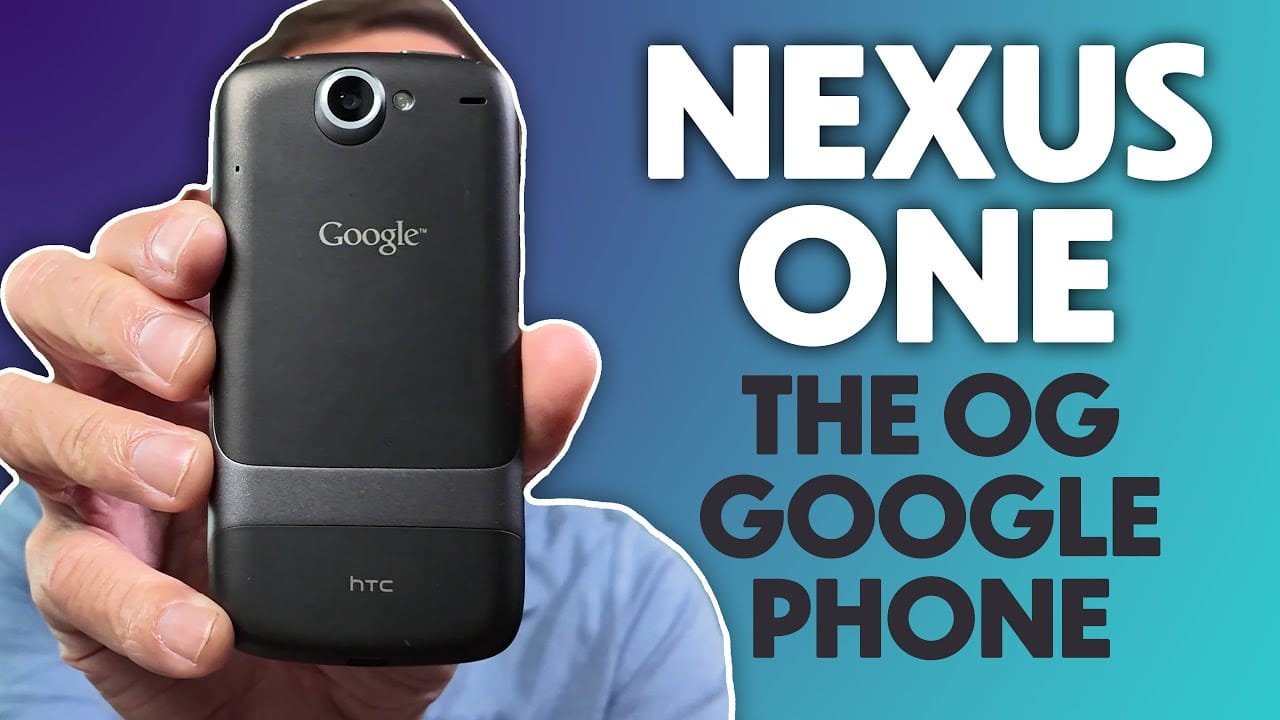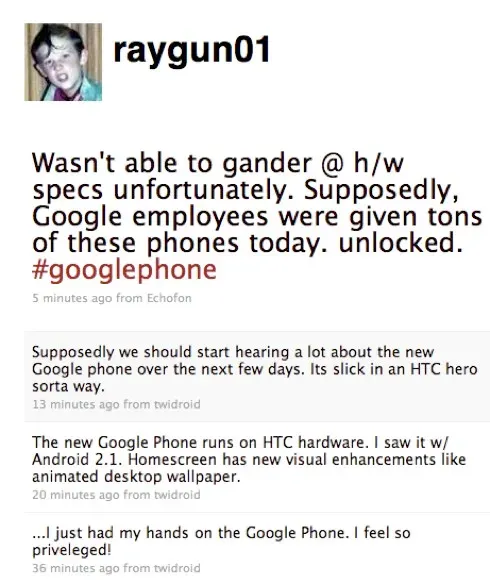The Google Nexus One was a trailblazer and its DNA is sprinkled throughout much of the modern smartphone landscape.


In January 2010, Google made a bold declaration: they were releasing the world's first "super phone." The Nexus One promised to deliver pure Android straight from Google, free from carrier interference and custom skins. While the device itself had a brief commercial lifespan, its impact on the smartphone industry continues to reverberate through the Android ecosystem even today.
By late 2009, the mobile phone market was dominated by two major forces. Apple had just sold 7.4 million iPhones, capturing significant market share with its revolutionary device. Meanwhile, Android was still in its infancy, with Google's first reference phone, the HTC Dream (T-Mobile G1), having debuted just one year earlier. While Android enthusiasts appreciated the Dream's open design and slide-out keyboard, mainstream consumers remained torn between expensive iPhones and familiar BlackBerry devices.
Rather than continuing to simply license Android to manufacturers, Google decided to take direct control over both hardware and software. Rumors of an upcoming "Google Phone" began circulating throughout tech circles, with some lucky individuals even getting early glimpses of the mysterious device at private gatherings. In fact, I was one of them and tweeted about it before it was officially announced. Let me tell you, I felt pretty awesome for that "scoop."

On January 5, 2010, at an Android Developer Day event in Mountain View, Google and HTC officially unveiled their collaboration: the Nexus One, codenamed "Passion."
The Nexus One wasn't just impressive in concept, it packed cutting-edge hardware that set new standards for Android devices, including a 1GHz Qualcomm Snapdragon QSD8250 CPU, 512MB of RAM, 512MB onboard storage, plus an included 4GB microSD card that could bring it up to 32GB.
The 3.7-inch WVGA Pentile AMOLED display was a standout feature, offering vibrant colors and deep blacks that made contemporary LCD screens look dated.
Running Android 2.1 Eclair at launch, the Nexus One delivered Google's pure vision without manufacturer customizations like Moto Blur, Sense, or TouchWiz. This clean experience included advanced features like voice-to-text input, turn-by-turn navigation, and live wallpapers. We all remember the laser grid wallpaper, am I right?
Developer-Friendly Design: The device featured dual microphones for noise suppression, a fastboot interface, and most importantly, an easily unlockable bootloader that made custom ROM development accessible to both professional developers and enthusiastic hobbyists.
Within 48 hours of launch, the XDA Developers community had created active forums with CyanogenMod builds specifically tailored for the Nexus One. The device quickly became the go-to choice for Android enthusiasts who wanted to experiment with custom boot animations, early Gingerbread builds, and other modifications.
The Nexus One also served as many users' introduction to Google's turn-by-turn navigation within Google Maps, a feature that demonstrated Android's tight integration with Google's existing services ecosystem.
Despite generating significant excitement among tech enthusiasts, the Nexus One faced harsh commercial realities. In its first week, Google sold only 20,000 units, a disappointing figure compared to the Motorola Droid's 250,000 launch week sales.
Several factors contributed to the commercial struggle of the Nexus One. Google's decision to use a direct, web-only sales model was ahead of its time, requiring customers to purchase the device online without the opportunity to test it in stores. This approach contrasted sharply with the traditional retail experience offered by competitors.
Additionally, the Nexus One was priced at $529 unsubsidized, a figure that was difficult for many consumers to justify, especially when carrier subsidies made other smartphones far more affordable.
On July 16, 2010, just seven months after launch, Google announced the closure of the Nexus One store and ceased public sales.
While the Nexus One's commercial run was brief, its influence on Android's future proved immeasurable. Google learned valuable lessons that shaped its ongoing hardware strategy
The Nexus S, launched later in 2010, incorporated carrier partnerships while maintaining the pure Android experience and unlockable bootloader that made the Nexus One special.
In 2014, Google launched the Android One program, bringing the reference device concept to emerging markets, ensuring timely OS updates for budget phones
Then, in 2016, Google introduced the Pixel series, arguably the spiritual successor to the Nexus One. The Pixel line combined premium hardware with exclusive features and a pure Android interface, allowing Google to flex greater control over both the design and the user experience. That legacy lives on today.
The Nexus One's influence extends far beyond Google's own devices. Modern smartphones from manufacturers like Nothing and OnePlus with near-stock Android skins carry trace elements of the Nexus One's DNA. The expectation of timely security patches, clean user interfaces, and developer-friendly features can all be traced back to Google's 2010 experiment.
The Nexus One represents a pivotal moment in smartphone history, the first time Google exerted complete control over hardware, software, and updates. It embodied Google's philosophy that hardware should serve software, not the other way around, and demonstrated their commitment to developer empowerment and Android openness.
While the device itself may have been a commercial disappointment, the Nexus One unquestionably reshaped Android's trajectory and established principles that continue to impact smartphone development today. In an industry often driven by compromise and carrier demands, the Nexus One stood as proof that pure vision and uncompromising execution could create something truly special, even if the market wasn't quite ready for it. (Ahem... Google Glass, anyone?)